Design Principles – 4. Shizen (Nature)
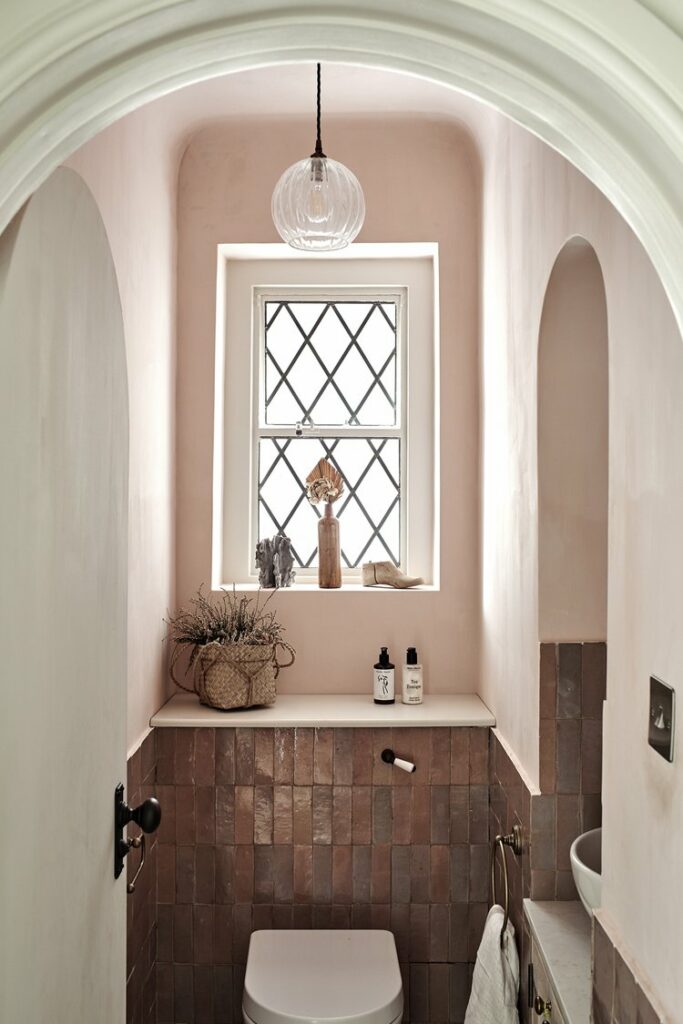
We’ve reached the heart of our exploration in ‘The Japanese Art of a Calm & Balanced Home’ series. Today, let’s dive into the fourth principle, Shizen (Nature). In Japan, nature is not a distant backdrop but an intrinsic part of life. With its distinct seasons and often challenging natural conditions, the Japanese have developed a […]
Design Principles – 3. Ma (Space)
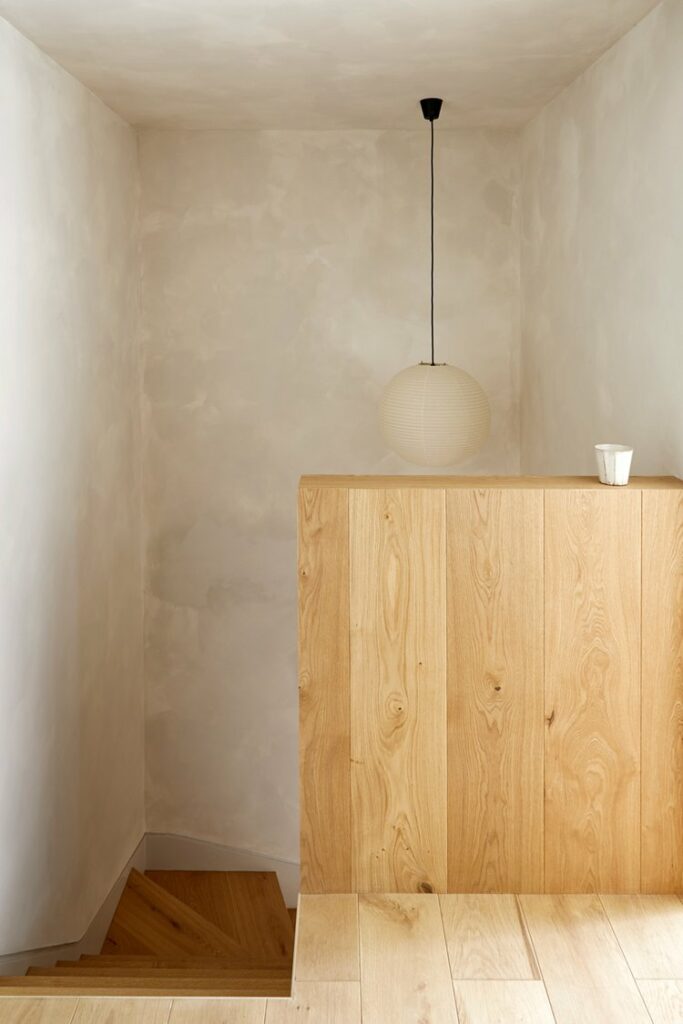
Today, we are going to explore the third principle of our series, ‘The Japanese Art of a Calm & Balanced Home’ – Ma (Space). In Japanese, ‘Ma’ translates to ‘internal’ or ‘space’, where the abundance of empty space is celebrated, reflecting how one’s mind should be when meditating. In Western design, we often perceive objects […]
Design Principles – 2. Nagame (View)
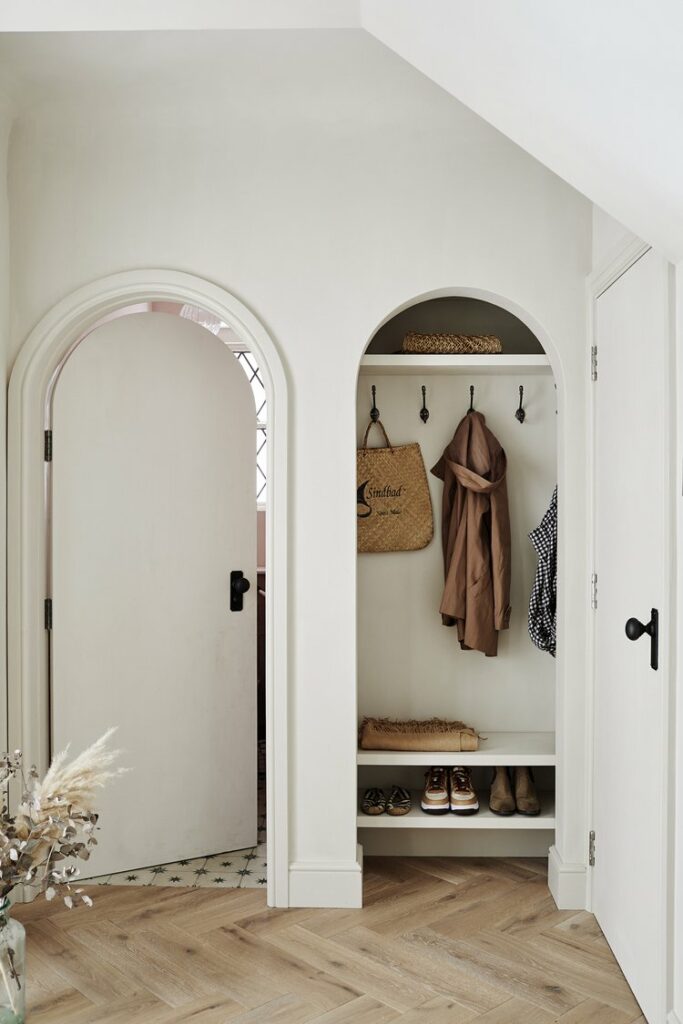
Continuing our exploration of ‘The Japanese Art of a Calm & Balanced Home’ series, we delve into the second principle – Nagame (View). In the world of Japanese architecture, windows and doors are not merely functional elements but serve as exquisite picture frames, framing the captivating garden views from within. At Yoko Kloeden Design, we […]
Design Principles– 1. Hikari (Light)
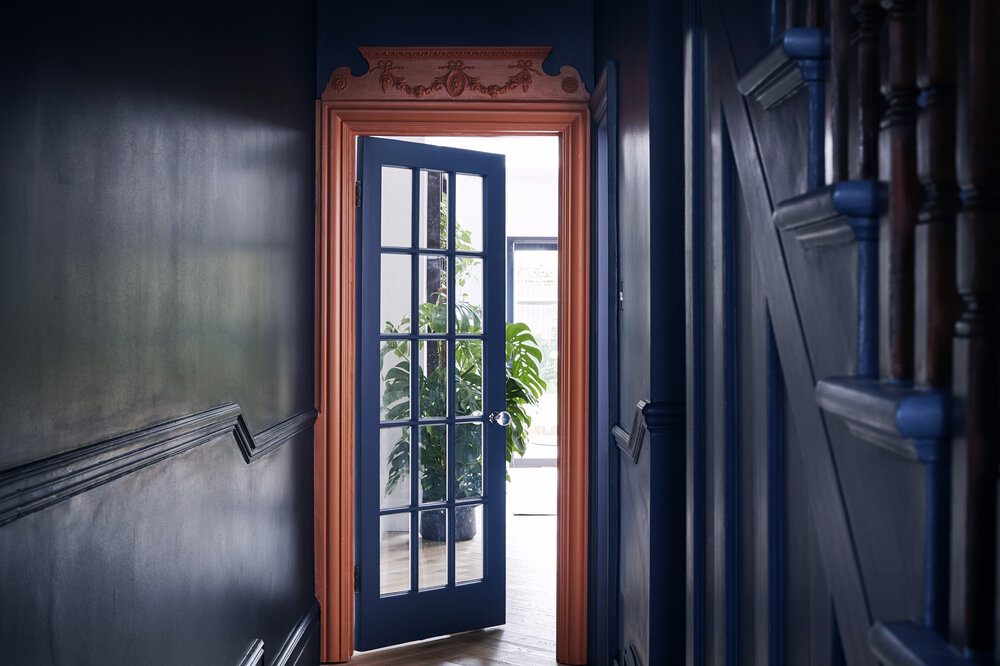
Earlier this year, we introduced our 6-day email guide titled ‘The Japanese Art of a Calm & Balanced Home’, where I shared the fundamental principles of Japanese design that shape the way we live and create our homes. While I hope you have subscribed and enjoyed the email guide, I would like to showcase how […]
Carving Out A Jewel Box Suite

In Spring last year, Yoko Kloeden Design built a luxurious, feminine master-suite in Ealing, London for corporate lawyer Stephanie who was looking for a restorative, feminine boudoir to reflect her personal style. Carving out an additional floor for a luxurious bedroom, dressing area and ensuite, the space uses a rich and opulent colour story inspired […]
Design Principles – 5. Taru O Shiru (Less is More)
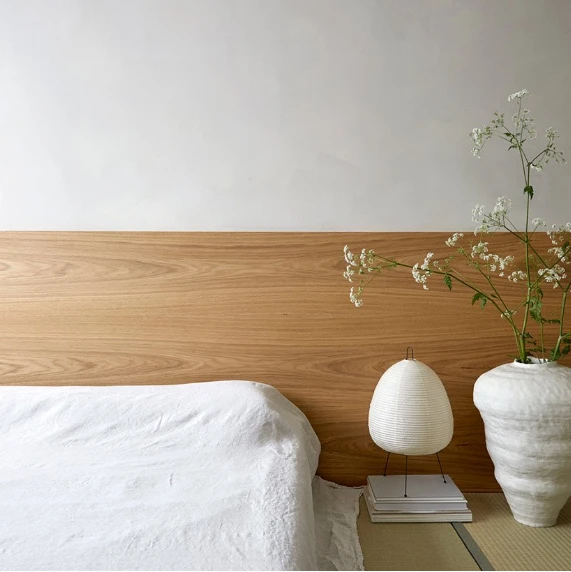
In a world where the pursuit of “more” seems relentless, there is profound wisdom in embracing the concept of Taru o Shiru, which directly translates to “I know what’s enough.” It’s an idea deeply rooted in Japanese culture and philosophy, and it serves as the fifth and final principle in our exploration of ‘The Japanese […]